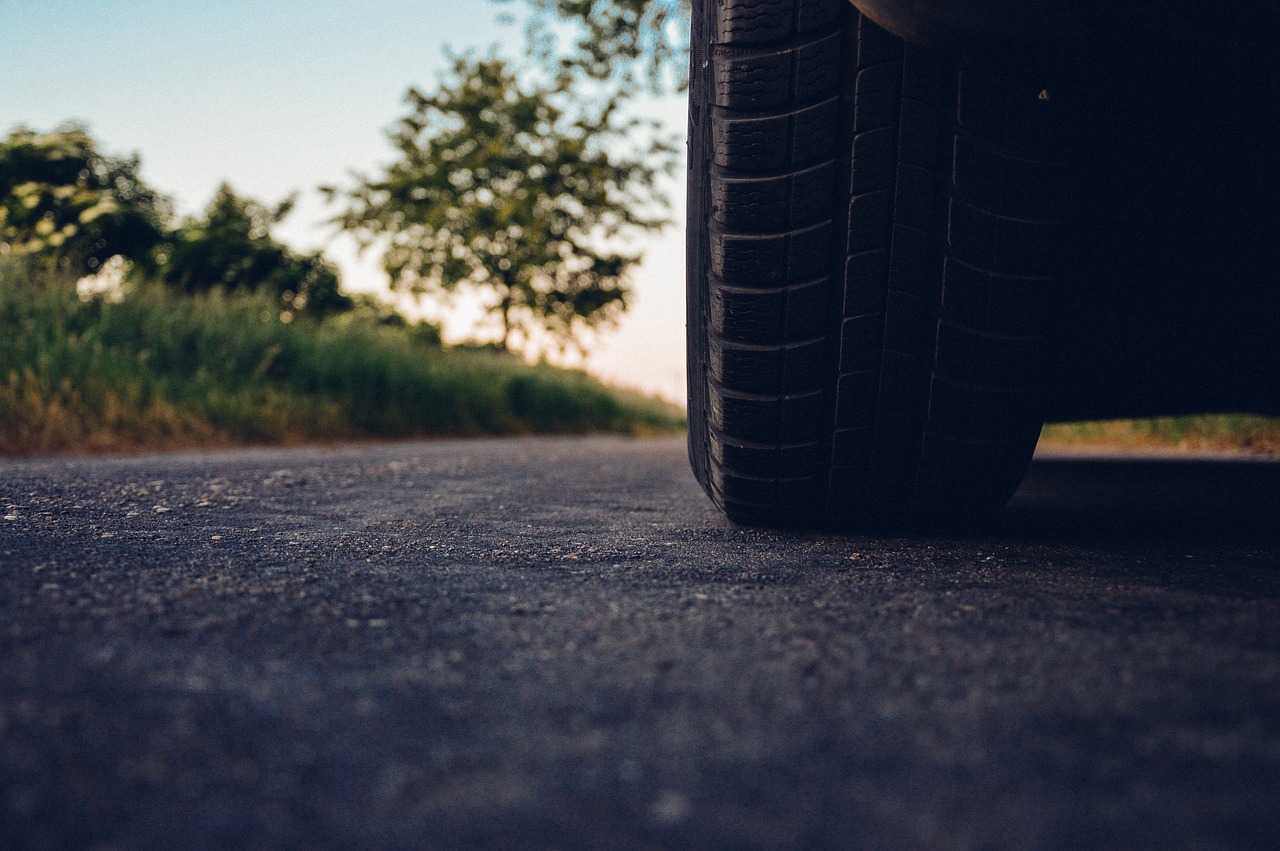
If your tires become worn down, damaged, or improperly inflated, you might experience a blowout or skid while on the road. For this reason, it’s important to check tire air pressure at least once a month while also keeping an eye out for the following signs of nascent tire problems. If you suspect your tires might be on their last legs, head to your local Chevy dealership for new tires without delay.
Air Pressure Problems
When tires are either over or under-inflated, they become at risk of overheating or suddenly losing traction. It’s wise to always keep your tires at precisely the PSI recommended in the owner’s manual.
If you ever find that one of your tires is persistently losing air pressure, it might have a concealed puncture or some other structural problem. It’s best to have the problematic tire inspected by a trusted technician.
Damaged Tire Rubber
A clearly damaged tire should never be ignored. Bulges or bubbles in the rubber almost always indicate serious internal damage, making the tire dangerous to continue using.
Likewise, deep cuts and gashes from road debris can threaten the structural integrity of a tire. Excessive cracks in the sidewalls also pose a risk to the driver. Some tire damage can be repaired, but more often than not, a damaged tire will have to go.
Heightened Road Noise
The first sign of tire trouble is often an increase in road noise and vibrations. With bad tires, you’re likely to notice significant changes in how your vehicle sounds and feels, especially when driving at higher speeds on the highway. If you do, head to your nearest dealership to have your tires inspected.
Mismatched Tire Size
Car tires usually wear down at an uneven rate. This is due to mismatched weight and pressure at the front and rear of a vehicle. Tire rotation is designed to counter uneven tire wear. However, if a set of tires becomes too uneven in size and shape due to uneven wear, the only solution might be to replace all four tires.
Worn-Down Treads
When brand new, tire treads are usually around 10/32 or 11/32 of an inch in depth. But this tread depth steadily diminishes over time. When the tread depth of your tires wears down to 2/32 of an inch, it’s time to replace them.
If you don’t have a tire tread depth gauge, you can insert a penny coin into the central part of any tire’s treads. If the top of Lincoln’s is still visible, it means that the treads are 2/32 of an inch deep.
Visit Olson Chevrolet in Redwood Falls, MN, today to have your car’s tires inspected and repaired. We’re a trusted local dealership providing the region’s drivers with top-notch vehicles, maintenance services, and customer care.
Image via Pixabay




